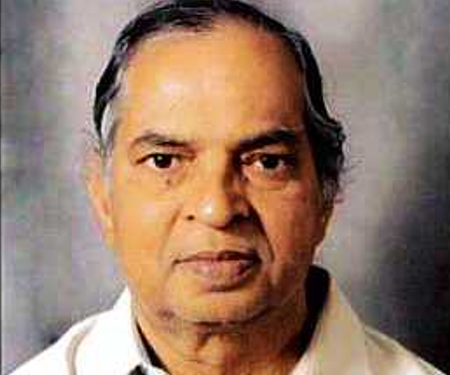Nikhilanand Panigrahy
Oh, had I the wings of a dove,
How soon would I taste you again!
Society, friendship and love,
Divinely bestowed upon man.
This verse is from the 18th-century (1782) English poem, “The Solitude of Alexander Selkirk” by William Cowper. The poem depicts the painful experience of an insubordinate castaway sailor named Alexander Selkirk (1676-1721), who lived alone on an island. Selkirk, desperate for the happiness of meeting and conversing with his loved society, imagines how he could get such an opportunity. His imagination centers on having the “wings of a bird”. If he had two wings like a bird on his body, he would have been saved from this intense mental stress.
Not only Selkirk in exile, but countless people in the past have also dreamed of flying and made efforts to do so. Finally, in 1903, two American brothers, Orville and Wilbur Wright, invented the airplane.
This brings us back to the sailor Selkirk and the poet Cowper. The “wings of a bird” they imagined would help them fly in the past are just like the two wings on today’s airplanes.
Nature has structured birds in such a way that they can fly to great heights with ease. Scientists meticulously studied the physical structure of birds to design airplanes. They not only studied their wings but also their dorsal structure and other related aspects to build aircraft. Therefore, airplanes largely resemble birds. This is an example of biomimicry. (See: ‘Is it a bird? Is it a Plane? Bio-mimicry in Airplanes’ – Medium.com – Edsarcle, January 28, 2018)
Observing the ground from the sky like a bird is known as “Bihangabalokan” (bird’s-eye view). A bird’s-eye view is used to get a clear idea during disasters like floods, cyclones, and droughts.
In our discussion, we mentioned the indispensability of bird-like wings for flying. This does not mean that having wings is enough to be able to fly. Some birds fall into this category, such as the world’s largest birds, the ostrich, emu, rhea, cassowary, and kiwi. These birds belong to the ‘ratite’ class. The bones of their chests are flat, and they lack a suitable mechanism to operate strong muscles. A long time ago, when dinosaurs dominated the Earth, these ratite birds could fly freely. They were forced to flee to great heights to escape dinosaur attacks. (See: Why Ostriches Can’t Fly, Rebecca Pierce, farmandanimals.com, September 21, 2019)
However, after the dinosaurs became extinct in a cataclysm, the problem of self-preservation disappeared from their minds. They moved around fearlessly. They ate as much as they wanted. Their disinterest in flying to escape enemy attacks and their abundant eating led to an increase in their body fat. Although some predatory animals tried to hunt them, the birds gave up flying and instead ran at high speeds, even up to eighty kilometres per hour. Therefore, a lion couldn’t easily chase and catch them. A lion’s craving for their delicious meat remained just a wish. Since these birds still had wings, they would make short flights at low altitudes. These birds, with their reduced abilities, were on the verge of losing their status as flying creatures.
The paradox of the ratites adds a condition to the wish for “wings of a bird” that the exiled sailor Selkirk harbored while on the island. Humans learn biomimicry from animals and birds. So, what can we learn from birds like ostrich and emu?
If we neglect the abilities given to us by nature, they will evolve away from us and disappear. Today, obesity has become a global health problem. Many aware individuals, when they make New Year’s resolutions, include promises to reduce obesity, go to the gym regularly, and take morning and evening walks. However, these so-called firm resolutions for 1 January are only effective for two to three weeks. After that, their traces are mostly forgotten. Thus, 19 January has earned the infamous name of “Quitters’ Day”.
We, and even the younger generation, have become so averse to hard work that despite being healthy and strong, we want to use vehicles even for short distances. In the end, will we suffer the misfortune of losing our innate mobility, just as the emu bird lost its ability to fly? If a once-flying bird like the emu needs an aircraft for a bird’s-eye view, wouldn’t that be strange?
The writer is a retired director, Odisha Text Book Bureau






































